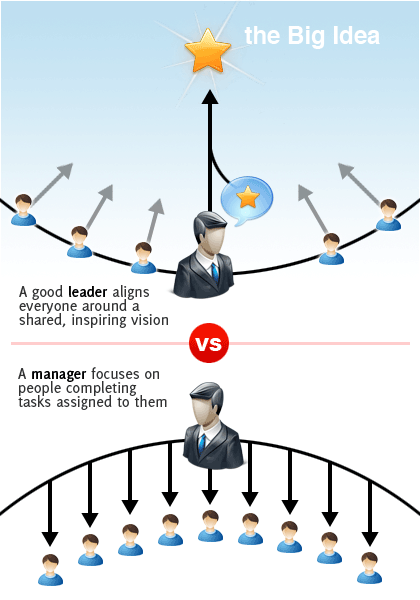This spring I will be coming up on my first license renewal. One of the daunting things that I’ve come across this past year and a half has been learning about the continuing education system and the varying requirements per state. I’ve put together the following list of links as a resource for anyone looking to find out more about whats required of them and where to get some last minute Continuing Education Units (CEUs).
If you are looking up your required amounts of CEUs there are two options for information
- AIA has a chart showing their requirements and the individual state/province requirements
- NCARB has a prettier chart, but it doesn’t include the AIA requirements.
That all seems innocent enough, but it can actually be quite confusing, especially if you have multiple licenses. I’ll use my situation as an example. I am licensed in Virginia and Washington, DC. So, AIA requires a minimum of 18 credits annually, 8 of which must be in Health, Safety and Welfare (HSW) certified courses. Virginia requires a minimum of 16 credits over 2 years and no specific HSW requirement. And DC requires a minimum of 24 credits over 2 years, of which all of those minimum hours have to be in HSW certified courses. The requirements to maintain a licenses in good standing over multiple jurisdictions is to satisfy the largest minimum requirement for the smallest amount of time. So my total annual amount of credits would need to be 16 (AIA is 16 per year, Virginia is 16 per 2 years or 8 per year, and DC is 24 per 2 years or 12 per year). For my HSW credits I would need 8 per year, but a total of 24 over two years (AIA is 8 per year, Virginia has no requirement and DC is 24 per 2 years or 12 per year), so to make things easier I am for 12 per year. Now this gets even more difficult if you are licensed in a state, like New York, which will not accept CEUs from certain courses. Plus, there are movements afoot to add Environmental Design credits to the mix of required CEUs.
Something that you should also be aware of is that to my knowledge, no state has an active CEU checking program. The whole CEU process is based on the honor system as far as meeting requirements are concerned. Most states reserve the right to audit your record at any time, so be aware that while you may not have to submit anything proving your CEU record, you should be keeping a log. The easiest way to do this is with the AIA’s transcript system. If you want to check to see if you’ve met your requirements, you need to log into the AIA’s CES Discovery system. From here you can look at your transcript or find classes.
For other sources of CEUS I’ve put together the following list:
- AIA Lectures – Check your localchapters
- NCARB’s Free Mini Monographs – They are free, but non record holders are charged a $35 fee for the exam
- NCARB’s Monographs – These are being discontinued, but are still available for purchase and grading
- Architectural Record’s CEU Center – Until recently this was an extensive resource for free CEUs. It remains to be seen how the switch to Architect Magazine as the official magazine of the AIA will affect this resource.
- Architect Magazine’s CEU Center – Expect this to develop and be much more robust now that this magazine is being mailed to every AIA member.
If anyone knows of other good resources for CEU’s please comment and I will add them to this list.
